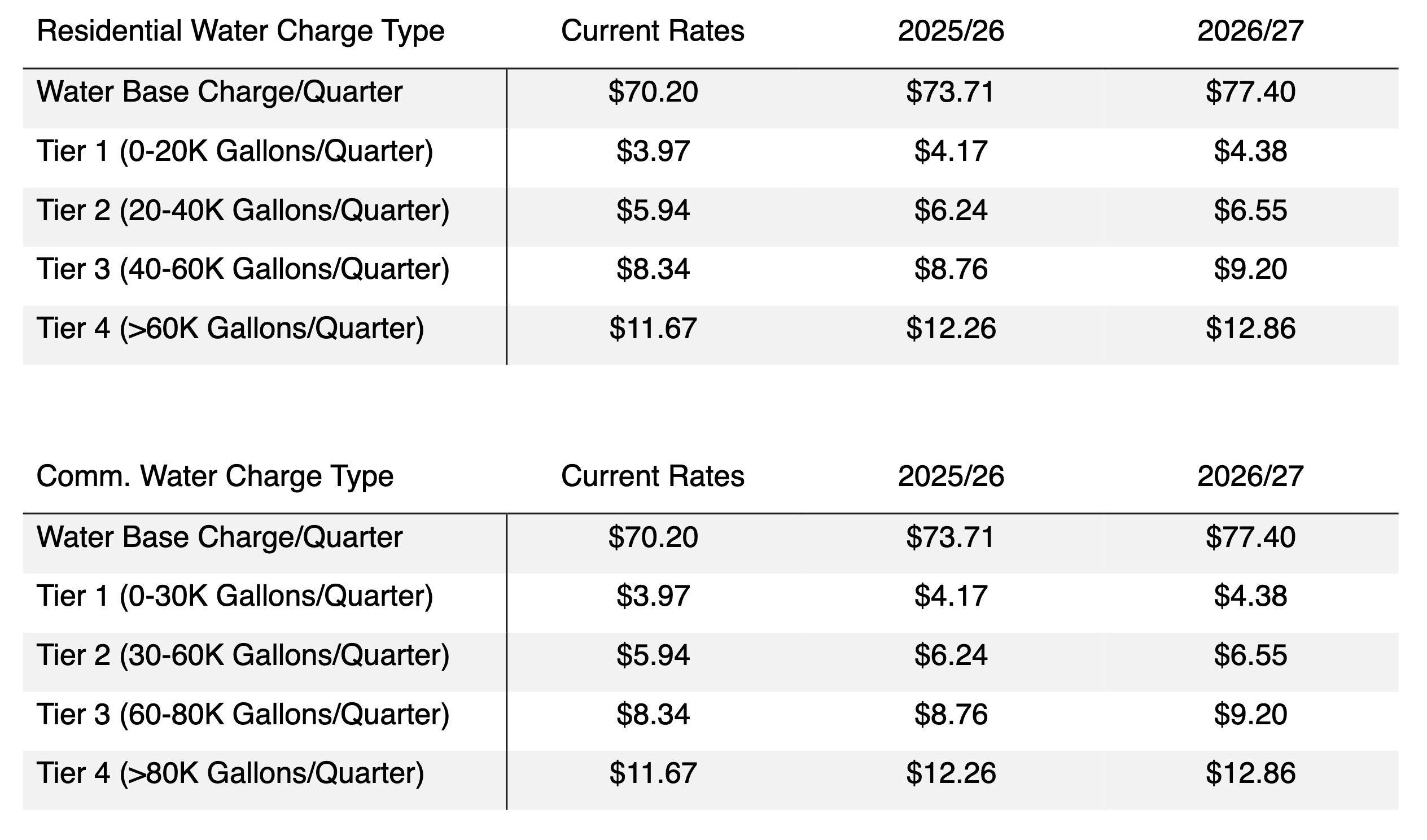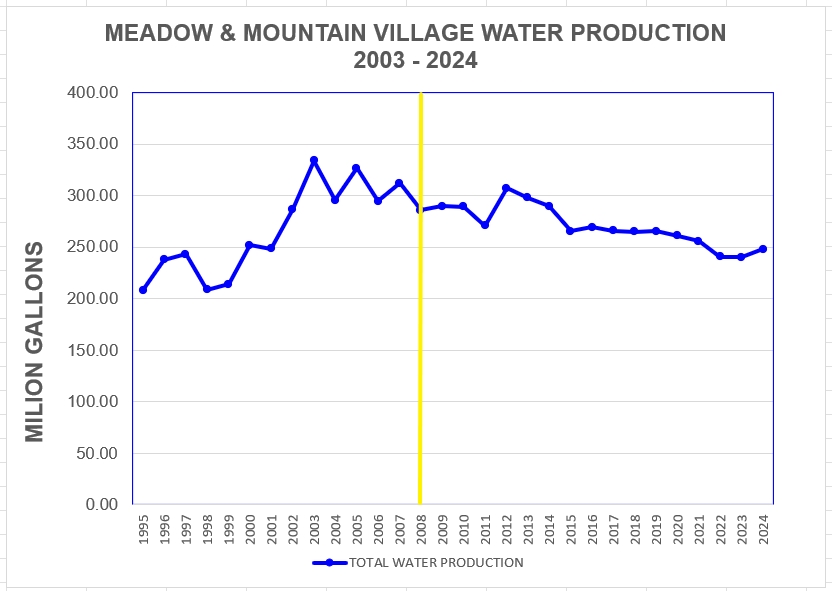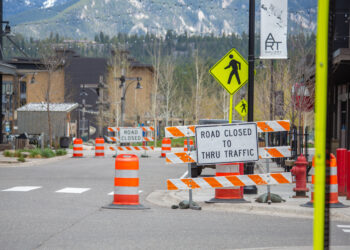By Jack Reaney SENIOR EDITOR
Residents in the Big Sky County Water and Sewer District will see per-gallon water use rates rise 5% beginning July 1, plus base rate and sewer rate hikes outlined in the district’s five-year plan to match customer rates with rising operating costs. In July 2026, rates will increase by the same margin again.
“As a ratepayer myself, I’m very much interested in where we’re spending our dollars, and why these rates are going up,” District Clerk Amy Sand said during a May 20 public hearing regarding rate increases. The BSCWSD board moved forward toward final approval of the rate changes, which will be voted on in their June 17 meeting.
Sand summarized the widespread inflation and increased cost of a more expensive plant as reasons. “We’re producing a higher quality product and we have more resources for our community, but the cost of that has gone up significantly… I feel like the board is really taking a very moderate proposed rate increase here to try and cover those costs.”
As costs rise, the district is encouraging customers to sign up for WaterSmart, a free water-use-tracking software that allows customers to keep tabs on their water use and pushes alerts in case of water leaks—just one running toilet can consume more than 135 gallons per hour, and local users often call the district to praise the software for sparing them an expensive leak. The system can also process online bill payments.
“Sign up for WaterSmart if you haven’t already done so,” Sand said. “… Our adoption is really good, and it works very well.”
The district is proud to report its customers enroll in WaterSmart at one of the highest rates of any community in the country, with 55% of customers using the program compared to an average rate of 34% adoption.
Water Superintendent Jake Porter reflected on his initial “guinea pig” use of WaterSmart. Within a week of signing up, he received an alert about a running toilet.
“Got an alert and got an email… ran over to my house and fixed it,” Porter said. “Saved me a bunch of money.”
A Meadow Village homeowner shared a testimonial with the district, forwarded to EBS via email: “Thank you so much for the alert. I had a busted flush valve in a guest bathroom. Wouldn’t have caught it until bill came.”
In the first three months of 2025, the system sent 156 alerts via text and email to notify customers of possible continuous water usage. “These alerts help residents catch issues early and prevent high bills or property damage,” Sand wrote in an email to EBS.

Rates will continue to be charged on a tiered system, increasing from $4.17 to $6.24 per thousand gallons when residential use exceeds 20,000 gallons per quarter—the increased rate only applies to additional gallons in the higher tier.
The rate rises again to $8.76 after 40,000 gallons, and finally to $12.26 after 60,000 gallons.
The thresholds are higher—30,000, then 60,000 and 80,000—for commercial use, with slightly higher rates shown in the table.
“And that’s to really encourage folks to save,” Sand said. “And it works.”

District Finance Officer Terry Smith justified the rate increases during the May 20 hearing—which saw participation from only one member of the public.
“We are local government, and we have to follow the Montana Code, and the rates that we charge must be sufficient to cover the operating charges of the district,” Smith said.
Smith and Sand explained the rate increases in greater detail in an April interview with EBS, including commentary on the impact of legal fees—despite prevailing in every lawsuit, numerous battles have cost the district nearly $3 million in the past six years.
And although the new WRRF comes with higher operating costs, the district is pleased with the quality of wastewater treatment in the first year since opening in April 2024.













